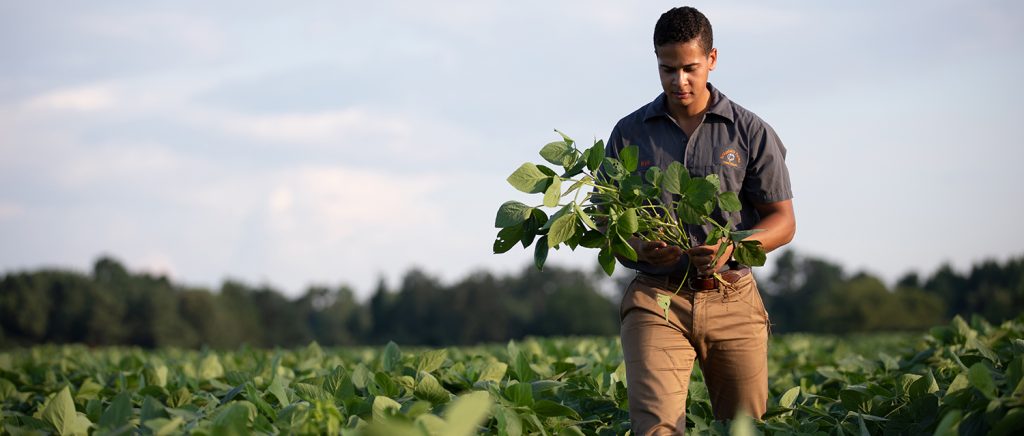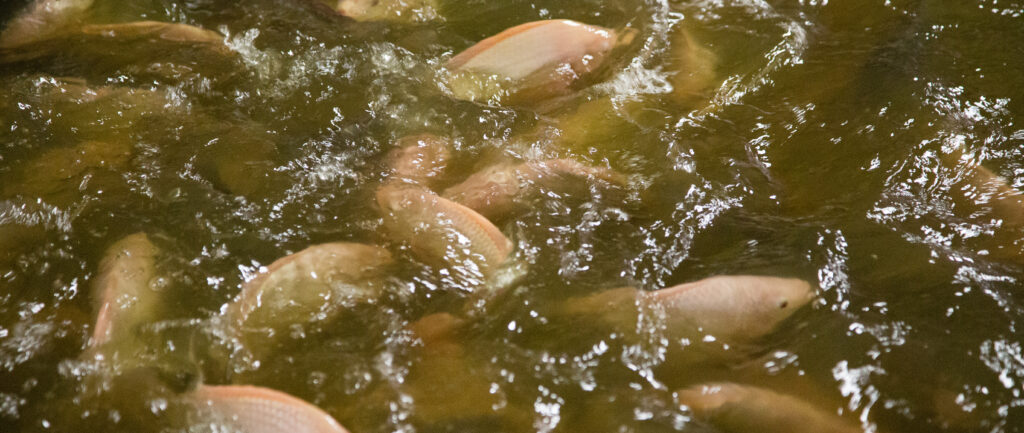Some cover ups are good!
Spills of treated seeds can be a potential threat to birds and other wildlife—if not cleaned up. Don’t let small spills become big problems—let’s get serious about covering up seed spillage!
BENEFITS OF TREATED SEED STEWARDSHIP
Seed treatments provide farmers with an economical way to protect their crops against damaging pests and diseases. Treated seeds generally result in more uniform stands, healthier plants and higher crop yields. When used responsibly and following seed bag tag instructions, seed treatments benefit farmers without creating unacceptable risks to applicators, wildlife and the environment.
PROTECT BIRDS AND OTHER WILDLIFE
It is important that treated seeds are properly stewarded to avoid potential risks to wildlife. Recent observations by researchers with the University of Minnesota and the Department of Natural Resources found spills of treated seeds on private and public farmland. Because certain bird species may eat seeds left on the surface, it is vital that growers ensure all spills are removed or buried to protect birds and wildlife habitats.
BIRDS THAT MAY EAT TREATED SEEDS
- Canada Geese
- American Crows
- Mourning Doves
- Sparrows
- Blackbirds
- Wild Turkeys
- Ring-Neck Pheasants
- Blue Jay
- Brown Thrasher
- And more…
OUR INDUSTRY HAS ALWAYS TAKEN STEPS TO INCREASE SEED STEWARDSHIP
 Pesticides applied as seed treatments undergo rigorous testing and review by federal and state regulators to ensure their safety to applicators, wildlife and the environment. Additional actions have been taken to protect pollinators, including enhanced coating polymers and application processes to increase pesticide adherence to seeds, as well as new flowability agents that help minimize seed dust-off during planting.
Pesticides applied as seed treatments undergo rigorous testing and review by federal and state regulators to ensure their safety to applicators, wildlife and the environment. Additional actions have been taken to protect pollinators, including enhanced coating polymers and application processes to increase pesticide adherence to seeds, as well as new flowability agents that help minimize seed dust-off during planting.
3 Stewardships Steps for Managing Seed Spills
- Follow Label Directions. Follow directions on seed container labeling for proper handling, storage, planting and disposal practices.
- Know Where Seed Spills Are Likely to Occur. Studies 1 show that planting equipment places an average of 99.8% of treated corn seeds in the soil, making them unavailable for birds to eat. However, the greatest potential for seed spillage occurs at the loading site, at the point of entry to the field, and at the turn rows. Knowing where and when spills are most likely to occur helps growers to take preventative or corrective action.
- Clean or Cover Up Seed Spills Immediately. When treated seed spills occur, cover them up with soil immediately to ensure they don’t remain available for birds to consume. Completely remove all leftover treated seeds or seeds left in containers and equipment and dispose of them properly.
For detailed information about stewardship of treated seed, check out www.seed-treatment-guide.com.
Footnote:
1Baute, T. 2001. Assessment of the Potential for Bird Feeding on Imidacloprid Treated Corn Seed. Ontario Ministry of Agriculture, Food and Rural Affairs, Ridgetown, Ontario
This article was provided and sponsored by Bayer.





